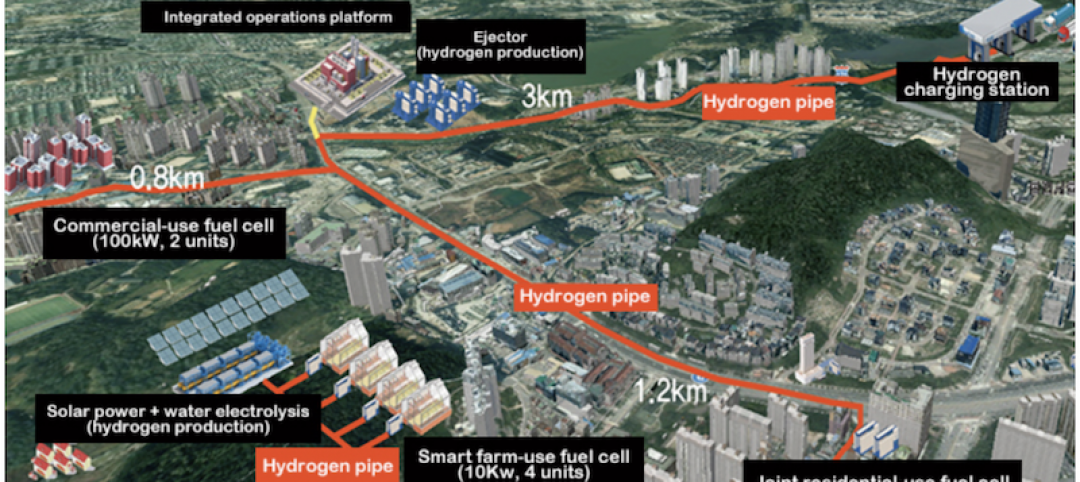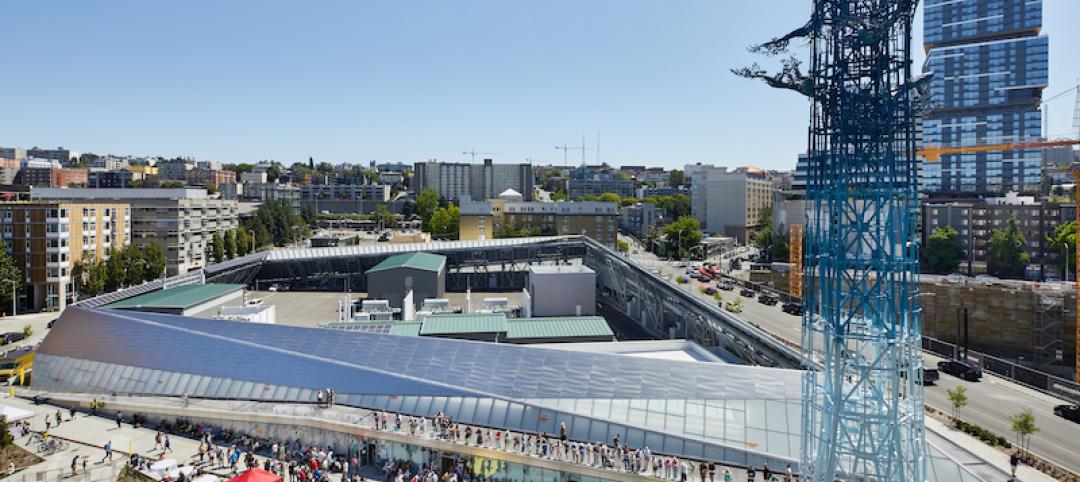Cities interested in bolstering their economies through innovation should look beyond the typical formalized processes.
Instead, a new paper from the Brookings Anne T. and Robert M. Bass Initiative on Innovation and Placemaking pushes economic development leaders to recognize that different types of firms innovate through distinct actors and both market and non-market channels. As a result, regions require industry-tailored innovation-support strategies.
In “How Firms Learn: Industry specific strategies for urban economies,” Brookings Senior Policy Analyst and Associate Fellow Scott Andes examines how manufacturing and software services firms develop new products, processes, and ideas. He illustrates three archetypal innovation models, which correspond to three industry types:
- Classic Industries, such as pharmaceuticals, work primarily with universities and other traditional innovation actors and use market channels, including contracts and licensing agreements, as sources of invention.
- Unconventional Industries, exemplified by small-and medium-sized manufacturers, primarily source innovation from clients and suppliers and pursue informal innovation channels, such as joint research agreements and supplier contracts.
- Mixed Industries predominantly rely on non-traditional actors but formal market channels to acquire innovation. Example industries include semiconductors, chemicals, and textiles.
“In order to build strong regional economies, urban economic development leaders should stop carbon copying other cities’ approaches and instead align local economic strategies with the particular ways their dominant industries innovate,” Andes said.
Specifically, public, private, and institutional stakeholders should develop strategies that:
- Recognize that all industries can be innovative, not just software and medical technology startups, and identify the particular innovation pathways utilized by local firms.
- Eliminate institution-wide technology transfer practices at research universities that focus on licensing and allow specific departments and centers to cater to different industries.
- Establish partnerships with non-research colleges and universities to support firms seeking short-term process innovation.
- Modify the traditional accelerator model to respond to the innovation needs of startups in nontraditional growth sectors.
- Link designers, engineers, and software developers in urban centers to manufacturing supply chains in the surrounding regions.
- Advance appropriate place-based strategies to increase the density of innovative firms and support organizations.
Such industry-contextualized approaches will allow for urban economic development resources to be used to their best advantage and firms and other innovation actors to maximize learning and economic power.
 Sources of innovation and channels by which acquired, by industry. Source: Author’s analysis of Arora, Cohen, and Walsh (2014) and Graham (2009). Click image to enlarge.
Sources of innovation and channels by which acquired, by industry. Source: Author’s analysis of Arora, Cohen, and Walsh (2014) and Graham (2009). Click image to enlarge.
Related Stories
Sustainability | Nov 8, 2019
South Korea plans to build three hydrogen-powered cities by 2022
The Ministry of Land, Infrastructure, and Transport is in charge of the project.
Urban Planning | Nov 6, 2019
Does investment in public transit pay off in economic development and growth?
Despite recent data about ridership declines, a new report on mass transit is optimistic.
Reconstruction & Renovation | Oct 7, 2019
Central Park’s Lasker Rink and Pool to undergo $150 million restoration project
The project will be the largest the Central Park Conservancy has ever undertaken.
Cultural Facilities | Aug 28, 2019
Seattle’s newest substation doubles as a civic amenity
The Denny Substation includes 44,000 sf of open space that invites local residents and visitors to frequent the complex.
Codes and Standards | Aug 27, 2019
Slower speed limits in urban areas offer multiple benefits
Improved safety, better adoption of electric scooters and autonomous vehicles are possible if drivers ease off the accelerator.
Urban Planning | Aug 27, 2019
Pop-up parks revitalize empty lots
Pop-up parks that provide instant open areas for public use and programming can revitalize under-utilized spaces and add vibrancy to neighborhoods.
Urban Planning | Jul 8, 2019
U.S. cities experience ‘Doppler shift’ in walkable urban development
The walkability trend is spreading to urbanizing suburbs.
Urban Planning | May 28, 2019
Henning Larsen wins competition to build Chinese leisure city
5.5 million sf waterfront district to be built in Shenzhen, China.
Urban Planning | Mar 1, 2019
What happens when downtown doesn’t stay downtown? The ripple effects of a strong center city
A new report from the International Downtown Association measures the true value and lasting impact of downtowns and center cities.

















